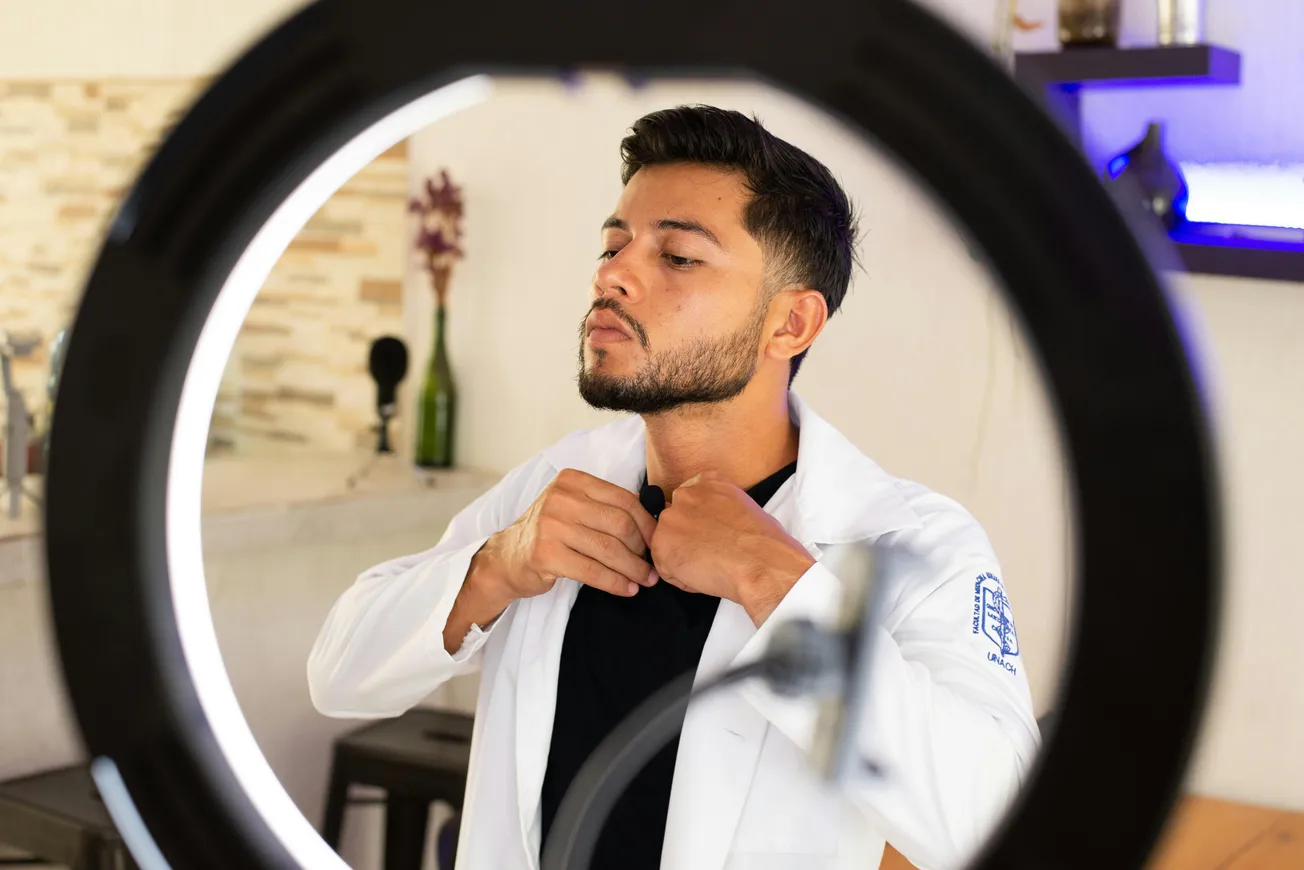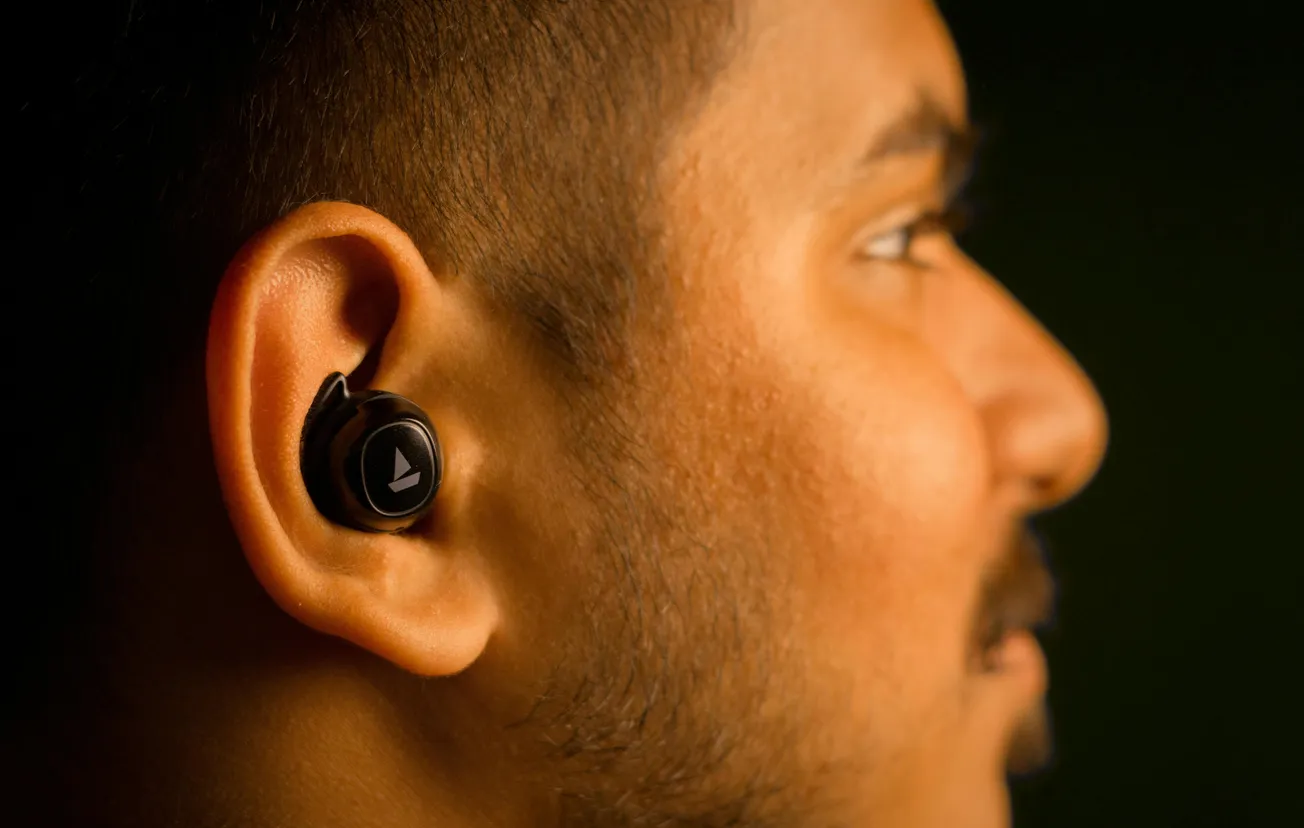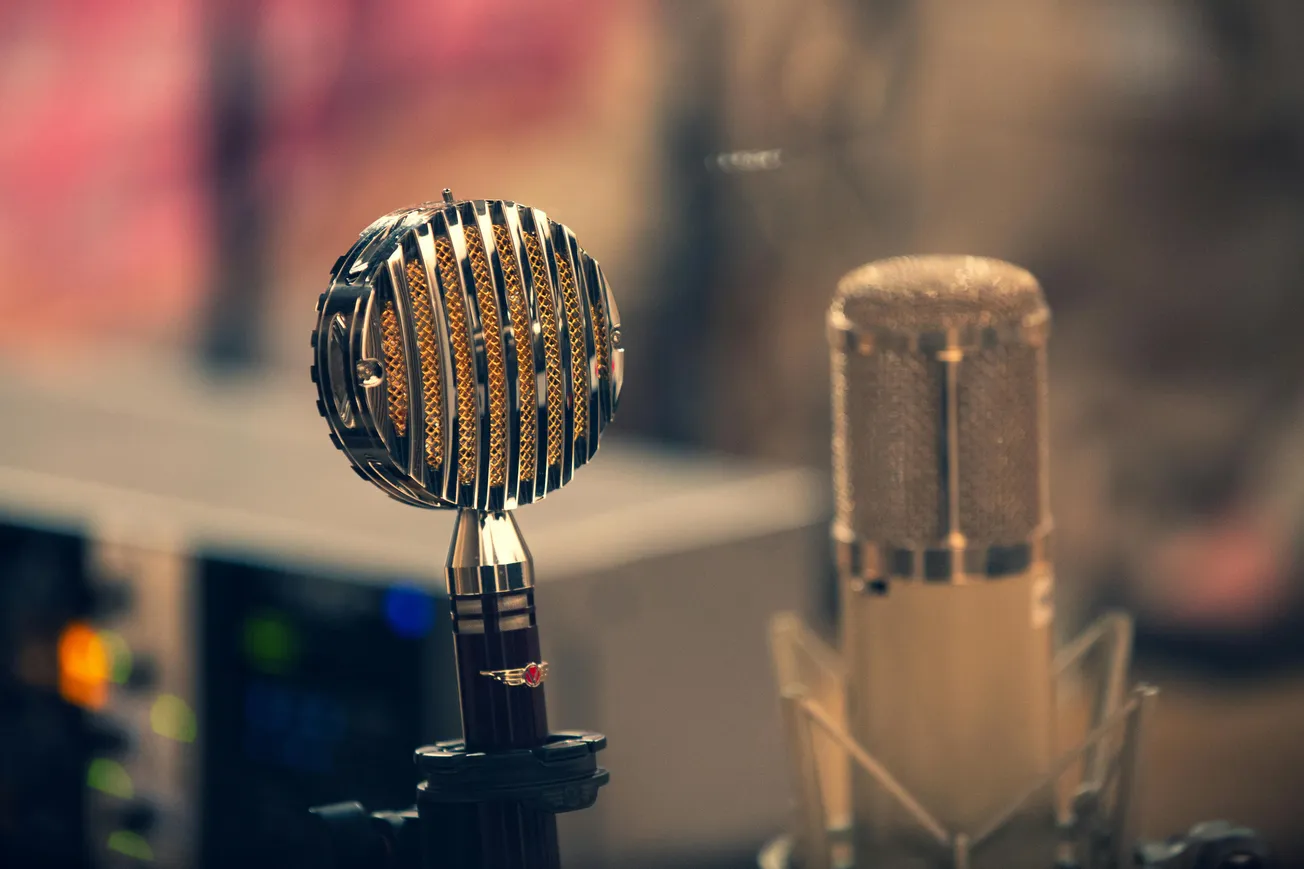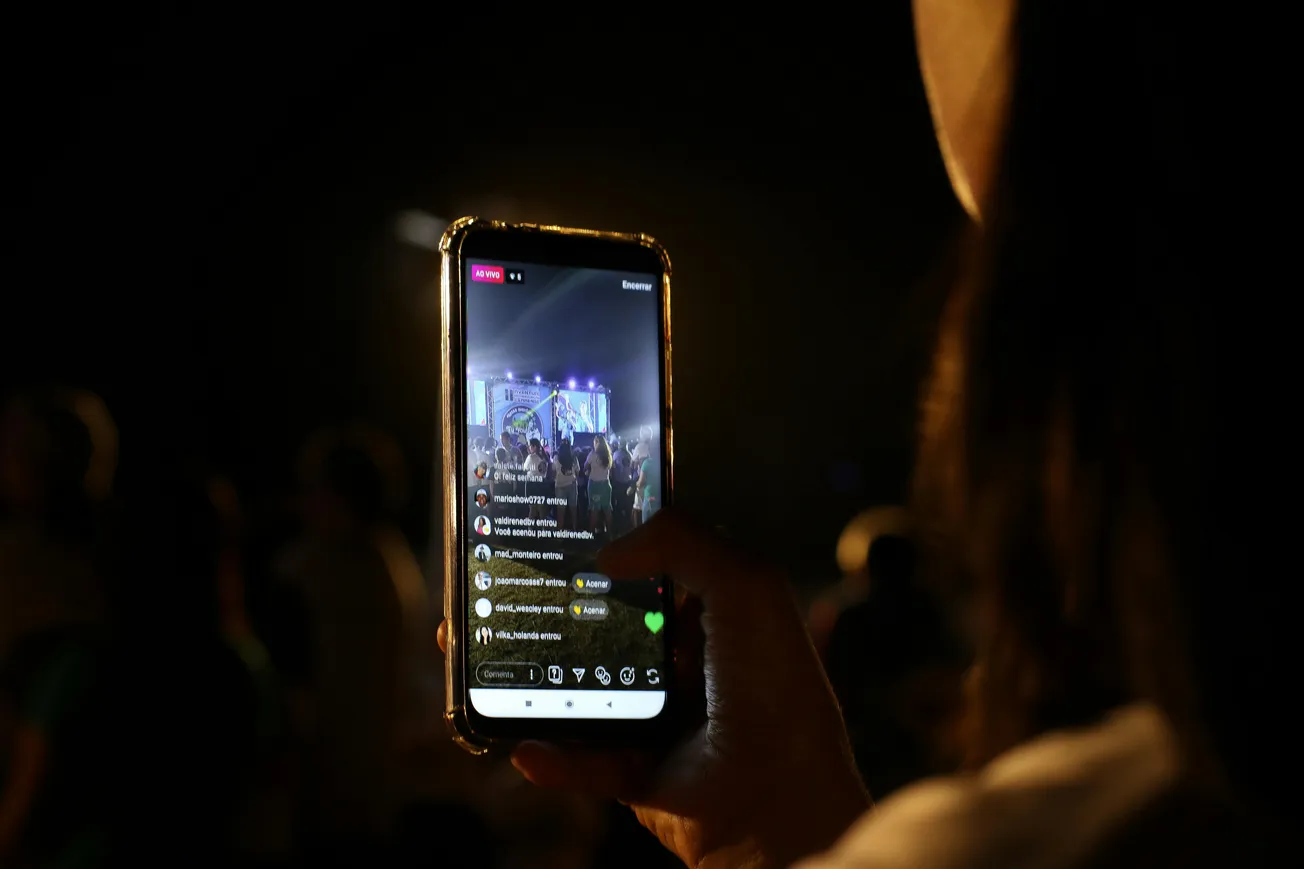Dealing with clothing noise when hiding a lavalier microphone can be a real headache, especially on something like a polo shirt. This method shows you a pretty effective way to keep that rustle to a minimum, making your audio sound much cleaner.
The Setup: What You'll Need
To get this done, you'll need a few specific items:
- Lavalier Microphone: A very small microphone that is attached either directly to an actor’s body or their clothing.
- Mic Drop (Optional but helpful): This is a weight to help thread the cable through clothing without getting too close to the person.
- Rycote Stickies: These are double-sided tapes for attaching the mic.
- Bubblebee Fur: This goes over the mic to cushion it against fabric.
- Bubblebee Cable Saver: This silicone piece helps stop noise from the cable itself.
Step-by-Step Guide to Hiding the Mic
Here’s how to get the lavalier mic hidden and sounding good:
- Prepare the Microphone: First, take your lavalier microphone capsule. You'll thread it through one hole of the silicone cable saver. Then, wrap the cable around the saver's teeth a bit, about 15 centimeters down from the capsule. Thread the cable through the other hole at the other end. This creates a spring action that stops tugging on the cable from transferring noise to the mic.
- Attach the Mic: Take a Rycote sticky and peel off one side of the backing. Place the microphone capsule right up to the edge of the sticky. You want the capsule itself to be at the very edge.
- Add the Fur: Now, take the Bubblebee fur. Don't cover the microphone's grill completely; you want air to be able to reach it. Just place the fur over the mic capsule.
- Secure the Mic: Peel the other side of the Rycote sticky. Find the bottom of the button placket on the polo shirt. Place the sticky with the mic and fur right there, at the very bottom. Putting it lower down helps keep it away from the chin and throat, which usually results in better audio.
- Button Up and Test: Button the shirt back up over the hidden microphone. You can then do an audio test. Move your arms around to see how much rustle you get. With this method, you should notice a significant reduction in that annoying clothing noise.
Why This Works
The biggest difference-maker here is definitely the fur. It acts as a buffer between the microphone and the fabric, absorbing a lot of the friction that causes rustle.
The cable saver is also important because any movement or rubbing along the cable can travel up and be picked up by the mic. By isolating the cable with the saver, you cut down on that noise source too.
Placing it at the bottom of the placket is just a smart way to get it out of the way of direct movement and closer to the chest, which often sounds better than having it right under the chin.
It takes a little practice, but once you get the hang of it, hiding a lavalier mic on a polo shirt becomes much less of a challenge.








